Garry C. Whitelam, Karen J. Halliday978-1-4051-4538-1, 1405145382
Table of contents :
Light and Plant Development……Page 1
Contents……Page 7
Contributors……Page 15
Preface……Page 17
Part I Photoreceptors……Page 21
1.2 Historical aspects……Page 23
1.4 Properties in yeast cells……Page 24
1.5.1 In vivo spectroscopy……Page 25
1.6.2 Spectroscopic methods……Page 27
1.6.5 Novel methods……Page 28
1.7 Intracellular localisation of phyB in dark and light……Page 29
1.8 Intracellular localisation of phyA in dark and light……Page 30
1.9 Intracellular localisation of phyC, phyD and phyE in dark and light……Page 31
1.10 Phytochrome/PIF3 co-localisation and nuclear speckles……Page 32
1.11 Regulation of intracellular localisation of phytochromes……Page 33
References……Page 34
2.2 Cryptochrome genes and their evolution……Page 37
2.3.1 Domain structure of the cryptochromes……Page 40
2.3.2 Cryptochrome chromophores……Page 41
2.3.3.1 Photolyase structure and reaction mechanism……Page 42
2.3.3.2 Cryptochrome structure……Page 43
2.4.2 Nucleotide-binding and kinase activity……Page 45
2.4.3 DNA-binding activity……Page 46
2.4.4 Electron transfer……Page 47
2.5.1 Expression and light regulation of cryptochromes in planta……Page 48
2.5.3 Growth responses controlled by cryptochromes……Page 51
2.5.4 Regulation of gene expression through cryptochromes……Page 53
2.6 Cryptochrome signalling……Page 55
2.6.1 Dimerization and output domains……Page 56
2.6.2 Cryptochrome partners……Page 58
2.6.2.2 Interaction with zeitlupe/ADAGIO1……Page 59
2.6.2.3 Interaction with phytochromes……Page 60
2.6.3 Further downstream components……Page 61
References……Page 63
3.1 Introduction……Page 69
3.2.1 Physiological roles in higher plants……Page 70
3.2.2 Physiological roles in lower plants……Page 72
3.3.1 Phototropin structure and localization……Page 73
3.3.2 Phototropin autophosphorylation……Page 75
3.4.1 LOV-domain photochemistry……Page 77
3.4.2 LOV-domain structure……Page 79
3.4.3 Functional roles of LOV1 and LOV2……Page 80
3.4.4 Light-induced protein movements……Page 82
3.5.1 Phototropin-interacting proteins……Page 83
3.5.2 Downstream signaling targets……Page 85
3.6.1 LOV-containing proteins in Arabidopsis……Page 87
3.6.2 LOV-containing proteins in fungi……Page 90
3.6.3 LOV-containing proteins in bacteria……Page 92
Acknowledgements……Page 93
References……Page 94
Part II Photoreceptor signal transduction……Page 99
4.2.1 Initial identification of PIFs……Page 101
4.2.2 Subsequent assay and characterization of the interaction……Page 102
4.2.3 Reverse genetic assessment of functional relevance to phy signalling……Page 103
4.3.1 PIF3……Page 104
4.3.2 Other bHLH transcription factors and the active phyB binding domain……Page 110
4.3.3 Nucleoside diphosphate kinase 2……Page 113
4.3.5 Type 5 protein phosphatase……Page 114
4.3.7 Early flowering 3……Page 115
4.4.1 Arabidopsis response regulator 4……Page 116
4.4.3 Cryptochrome 1 and 2……Page 117
4.4.5 COP1……Page 118
4.5 Perspective……Page 119
Acknowledgements……Page 120
References……Page 121
5.1 Introduction……Page 126
5.1.1 The photoreceptors autophosphorylate, but the classical activation loop is not involved……Page 127
5.1.2 Phosphatases in photoreceptor signalling……Page 128
5.2.1 Phosphorylation of phytochrome……Page 129
5.2.2 Phytochrome kinase substrate 1……Page 130
5.2.3 Nucleoside diphosphate kinase 2……Page 131
5.2.4 FYPP……Page 132
5.2.5 PAPP5……Page 133
5.3.1 Cryptochrome phosphorylation……Page 134
5.3.2 Phosphorylation of the C-terminal end is necessary for signal transduction……Page 135
5.4 Phototropins……Page 136
5.5.1 HY5……Page 138
5.5.3 Circadian clock-associated and late elongated hypocotyl……Page 139
5.5.5 Aux/IAA……Page 140
5.5.7 Downstream of phototropin……Page 141
5.6 Conclusions……Page 142
References……Page 143
6.1 Introduction……Page 148
6.2.1 Ubiquitin conjugation and deconjugation pathways……Page 149
6.2.2 Diversity of E3 Ub ligases……Page 150
6.2.3 26S proteasome……Page 151
6.3.1 COP/DET/FUS proteins integrate divergent photoreceptor signaling pathways and downstream gene expression……Page 152
6.3.2 COP1……Page 154
6.3.2.1 Light regulation of COP1 localization……Page 155
6.3.2.2 COP1 acts as an E3 Ub ligase……Page 156
6.3.3.1 COP10 is an E2 Ub-conjugating enzyme variant……Page 157
6.3.3.2 COP10 forms a complex with DET1 and DDB1……Page 158
6.3.4.1 Composition and structure of the COP9 signalosome……Page 159
6.3.4.3 Regulation of cullin-containing E3 Ub ligases by the COP9 signalosome……Page 160
6.3.5 SPA protein family……Page 162
6.4.1 F-box proteins that are involved in light signaling……Page 163
6.4.2.2 Cryptochrome 2……Page 164
6.4.2.3 Phytochrome-interacting factor 3 and far-red elongated hypocotyl 1……Page 165
6.5 Concluding remarks……Page 166
References……Page 167
7.1 Introduction……Page 175
7.2 UV-B in the environment……Page 176
7.3 Plant responses to UV-B……Page 177
7.4 UV-B perception and signal transduction……Page 179
7.4.1.1 Damage/stress signalling……Page 180
7.4.1.2 Overlap with defence/wound signalling……Page 182
7.4.2 Photomorphogenic UV-B signalling……Page 183
7.4.2.1 UV-B perception……Page 184
7.4.2.2 Signal transduction……Page 186
7.5.1 Screens for UV-B signalling mutants……Page 187
7.5.2 UVR8……Page 190
7.5.3 HY5……Page 193
7.5.4 Other transcription factors involved in UV-B responses……Page 194
7.6 Concluding remarks……Page 195
References……Page 197
Part III Physiological responses……Page 203
8.1 Introduction……Page 205
8.2.1 The autonomous pathway……Page 207
8.3.1 Photoperiodism……Page 209
8.3.1.1 Long days or short nights?……Page 210
8.3.1.2 The circadian clock……Page 211
8.3.1.3 The coincidence model……Page 216
8.3.1.4 Flowering time mutants of Arabidopsis……Page 217
8.3.1.5 Application to other species……Page 219
8.3.1.6 Site of perception of photoperiodic stimulus……Page 220
8.3.2 Shade avoidance……Page 221
8.4 Convergence of the flowering pathways……Page 223
References……Page 225
9.2 Natural light environment……Page 231
9.3 Shade avoidance syndrome……Page 235
9.4 Phytochrome regulation of shade avoidance……Page 237
9.4.1 The role of phytochromes B, D and E in R:FR ratio signalling……Page 238
9.4.2 The role of phyA in R:FR ratio signalling……Page 240
9.5.1 PAR and B signals……Page 241
9.5.2 Hormone signals……Page 242
9.6.2 PIL1……Page 244
9.6.3 R:FR ratio and flowering……Page 246
9.7 The adaptive value of shade avoidance……Page 247
9.8 Conclusions……Page 248
References……Page 249
10.2.1 The clock……Page 255
10.2.2 Photoentrainment……Page 257
10.2.3 Light control of flowering time……Page 259
10.4 Light and auxin signal integration……Page 260
10.4.1 Light regulation of auxin biosynthesis and transport……Page 261
10.4.2.1 Light regulation of the GH3 gene family……Page 262
10.4.2.2 Role of Aux/IAAs and proteolysis in light and auxin signalling……Page 263
10.5 The tropisms……Page 264
10.5.1 Light and auxin control of shoot phototropism……Page 265
10.5.2 Phytochrome and cryptochrome modification of shoot phototropism……Page 266
10.5.4 Gravitropism……Page 267
10.5.5 Light regulation of gravitropism……Page 268
10.6.1 Phytochrome regulation of GA biosynthesis and homeostasis……Page 269
10.6.2 Light regulation of GA signalling……Page 270
10.7 The thermosensory pathways……Page 271
10.8 Summary……Page 275
References……Page 276
Part IV Applied aspects of photomorphogenesis……Page 285
11.1 Introduction and background……Page 287
11.2.1 Dwarfing plants using photoreceptors……Page 288
11.2.2 The shade-avoidance response……Page 289
11.2.2.1 Control of gene expression and shade avoidance……Page 290
11.2.2.2 Alteration of the timing of flowering……Page 291
11.2.2.3 Taxonomic differences and similarities in higher plants……Page 292
11.3.1 Plants transgenic for phytochromes……Page 293
11.3.2 Modification of other photoreceptors……Page 296
11.4.1 Natural variation in photomorphogenesis……Page 298
11.4.2 Photoreceptors and photomorphogenic genes as targets for selection in crops……Page 300
11.5.1 Using phytochrome to control gene expression……Page 301
11.5.2 Phytochromes as fluorescent probes……Page 302
11.6 Future directions in photoreceptor biotechnology……Page 304
References……Page 305
12.2 Regions of light spectrum important for plant growth and development……Page 310
12.3 Plant responses to quality of light……Page 312
12.4 Light manipulation by horticulture industry……Page 313
12.4.1 Electric light sources……Page 314
12.4.2.1 Greenhouse covers……Page 315
12.4.2.2 Photoselective nets……Page 320
12.4.2.3 Coloured plastic mulch……Page 325
References……Page 327
Index……Page 333
The colour plate section follows page 30……Page 347
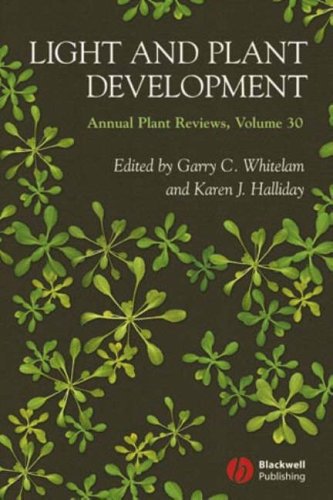
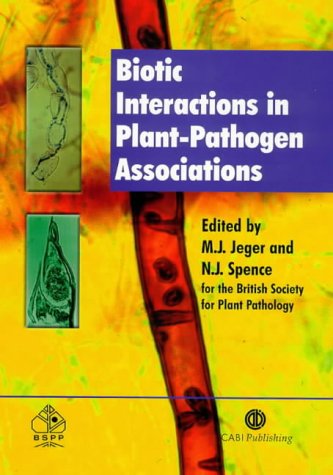
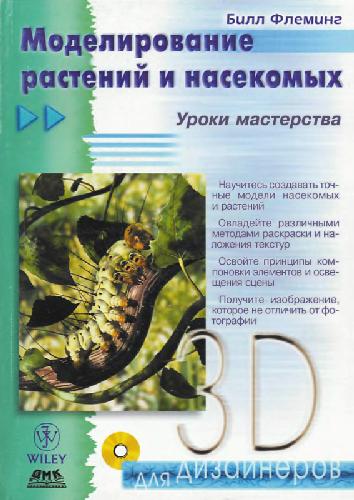
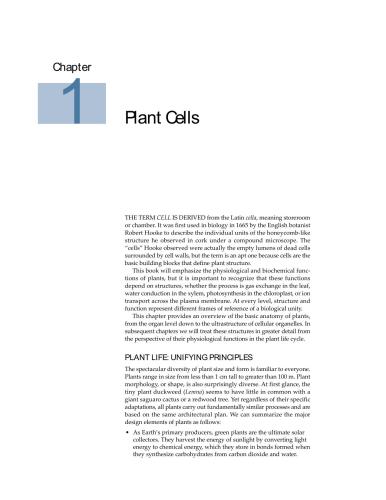
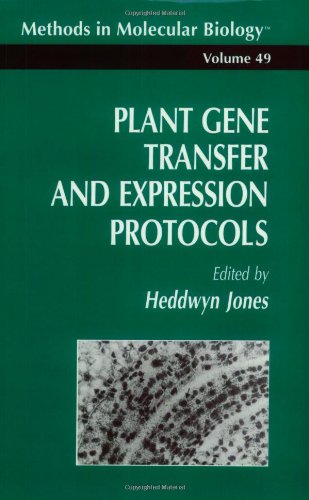
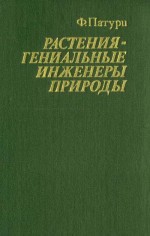
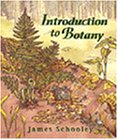
Reviews
There are no reviews yet.